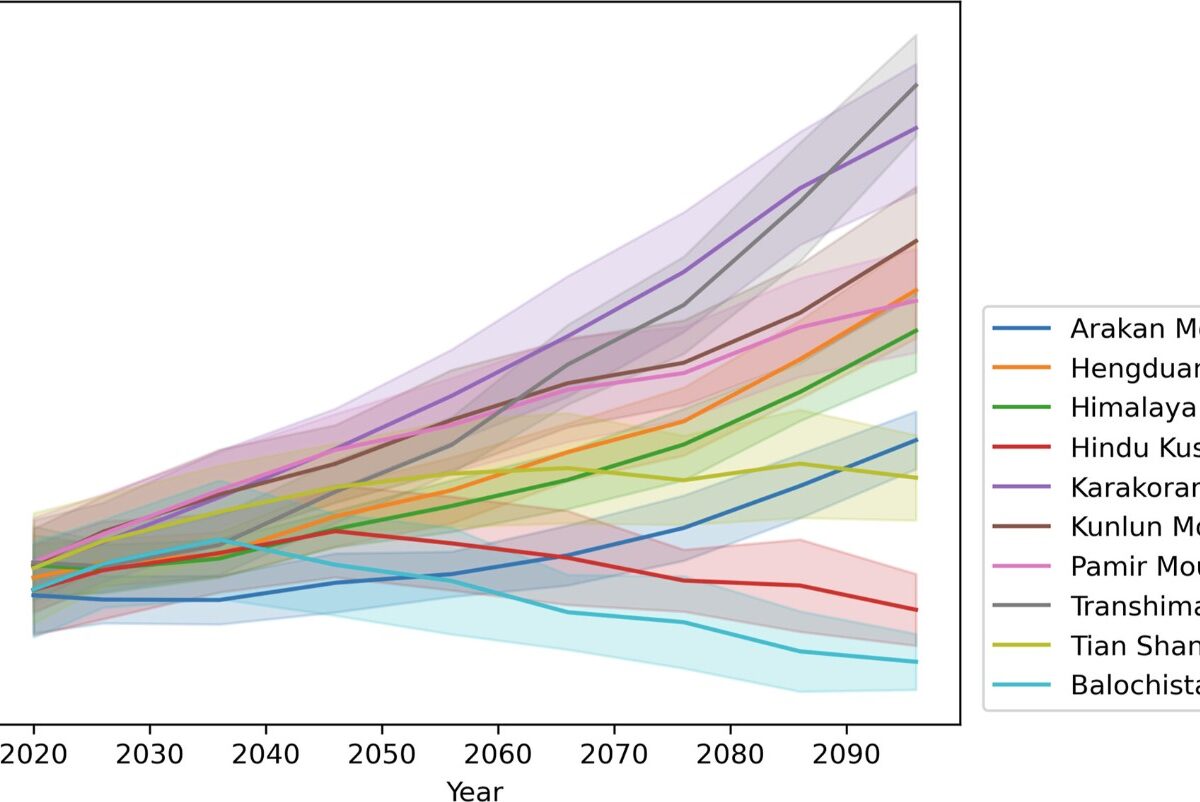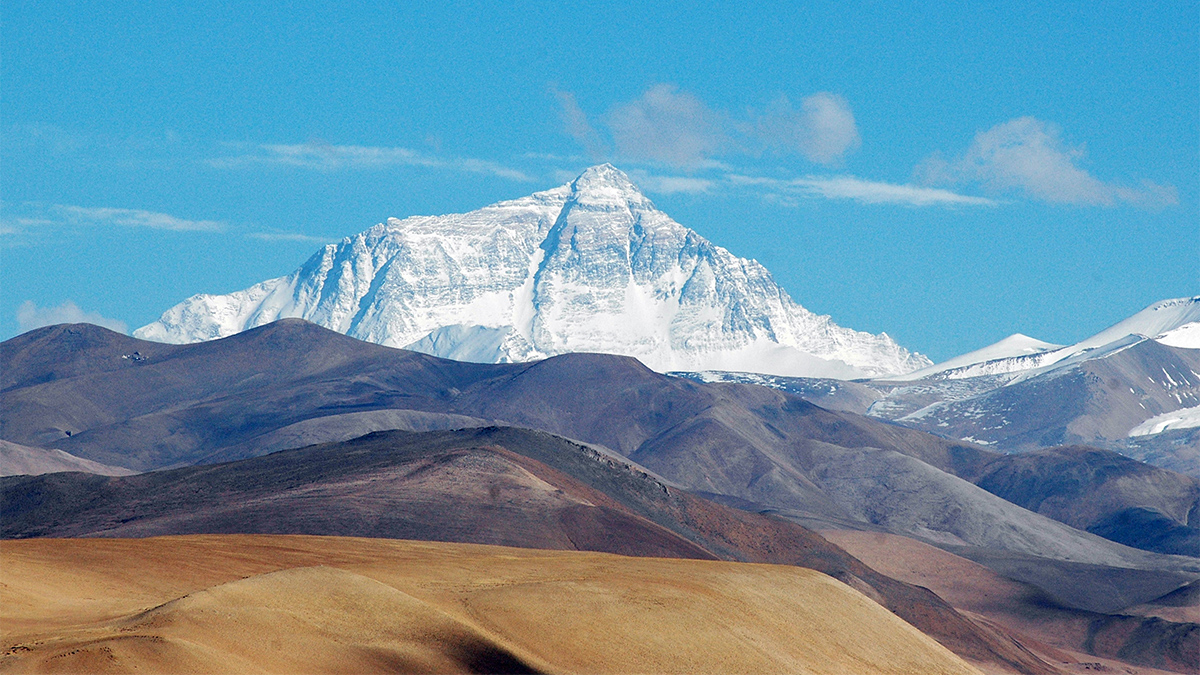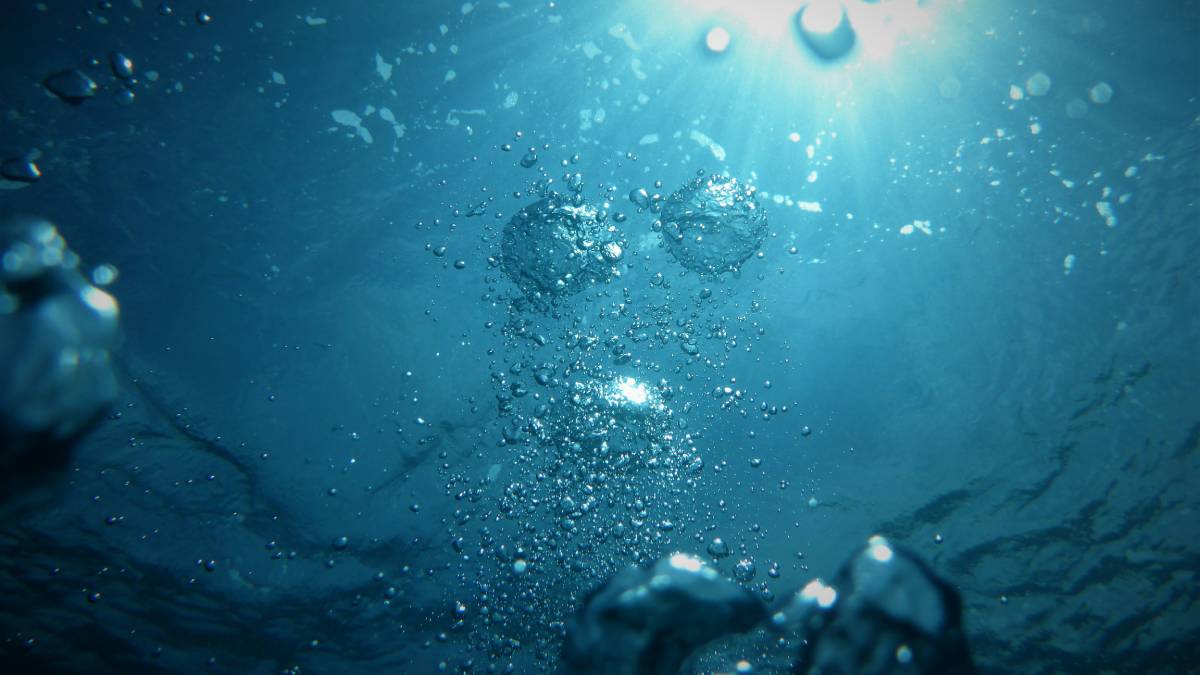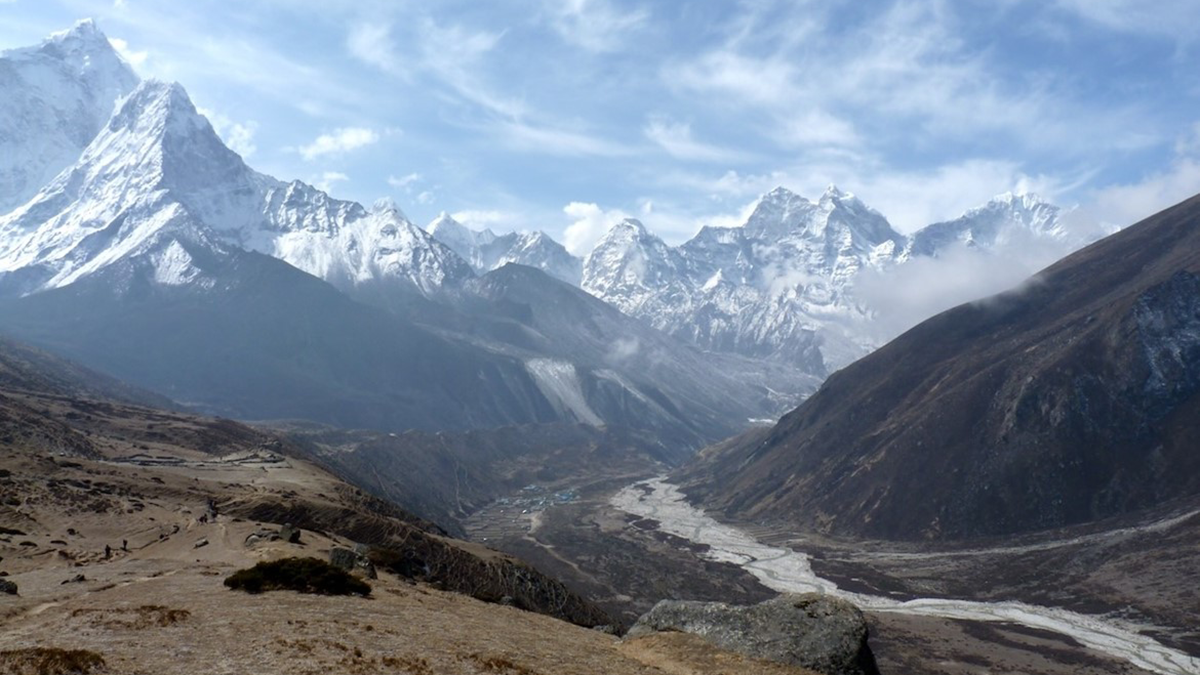The rocks of Mount Everest’s peak made an epic journey from seafloor to summit.
mountains
Ice boost! Why Rock Avalanches Containing Ice Travel So Far
Researchers identify a new mechanism that allows avalanches containing a mixture of rock and ice to travel very long distances.
Deep Beneath California’s Sierra Nevada, Earth’s Lithosphere May Be Peeling Away
Evidence for lithospheric foundering, or the process of denser material sinking into the mantle, is emerging.
Future increases in landslide hazard across the high mountains of Asia
The Landslide Blog is written by Dave Petley, who is widely recognized as a world leader in the study and management of landslides. In terms of human losses, the mountains of Asia remain the global hotspot for landslides. Whilst earthquake-induced landslides cause occasional, very high levels of loss (e.g. the 2005 Kashmir Earthquake and the […]
Earthquakes May Lace Quartz Veins with Gold
Seismic activity may kick off chemical reactions that seed nuggets of gold.
A Pirate River May Be Giving Mount Everest a Boost
Rapid erosion can cause mountains to rise—even the world’s tallest peak.
Model Suggests Undersea Mountains Help Mix the Global Ocean
Seamounts may play a significant role in ocean turbulence and the upwelling of deep waters.
An Unprecedented Experiment to Map Kīlauea’s Summit Magma System
Dozens of researchers deployed nearly 2,000 seismic stations—and a T-Rex—to better illuminate subsurface structure and magma storage below the summit of the highly active volcano.
Sediment Dampens the Impact of Glaciation on Cenozoic Denudation
Rates of continental-scale sediment flux and denudation are similar between glacial and interglacial periods when the aggradation of glacier-eroded sediment inhibits fluvial erosion downstream.
Mantle Upwelling May Have Triggered Morocco Earthquake
Researchers glean new information about the deep origins of a deadly event.










